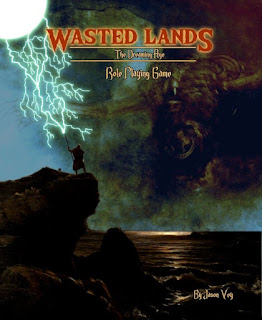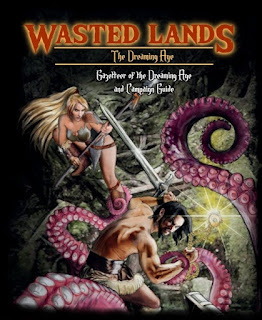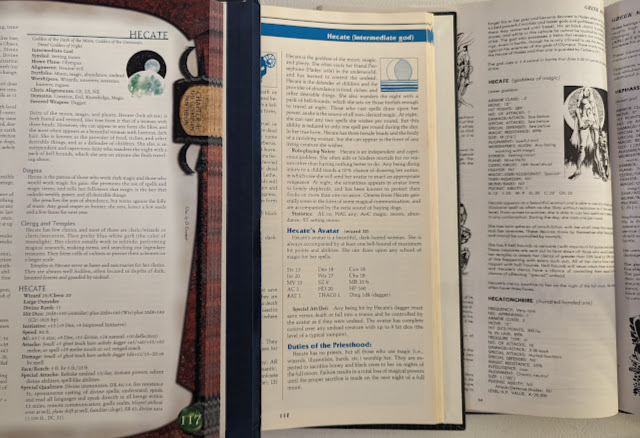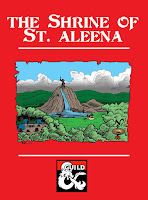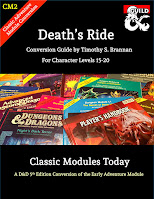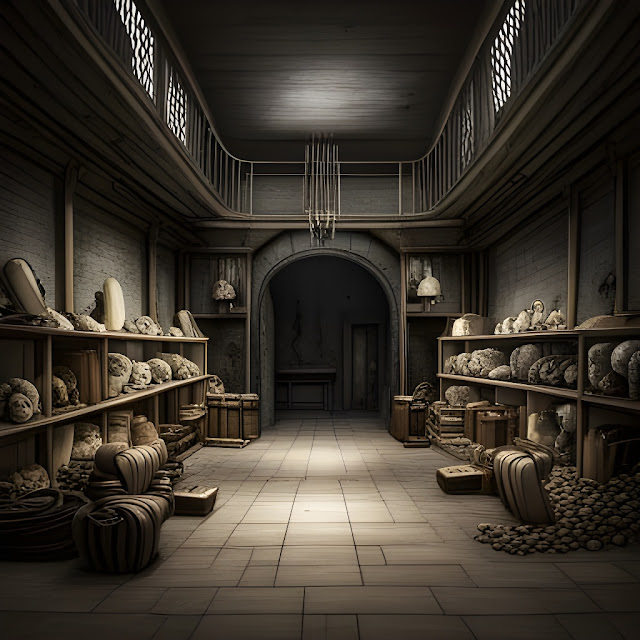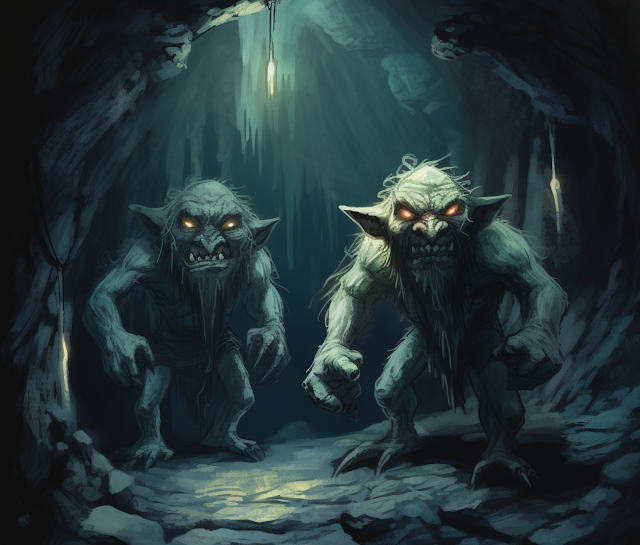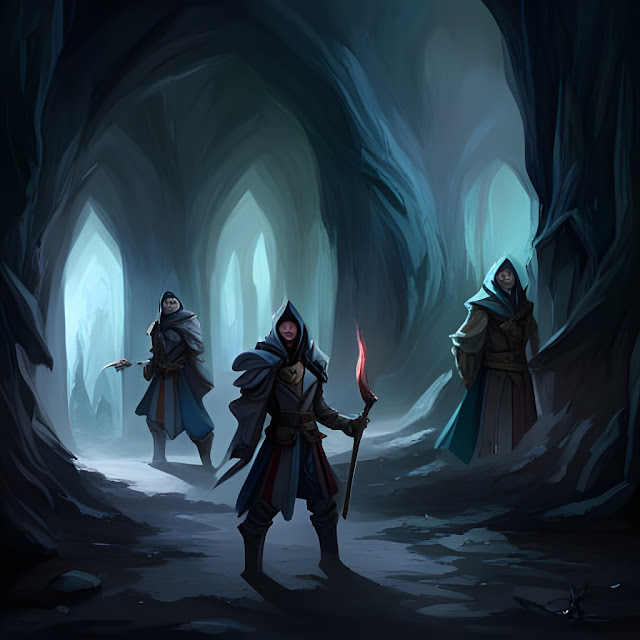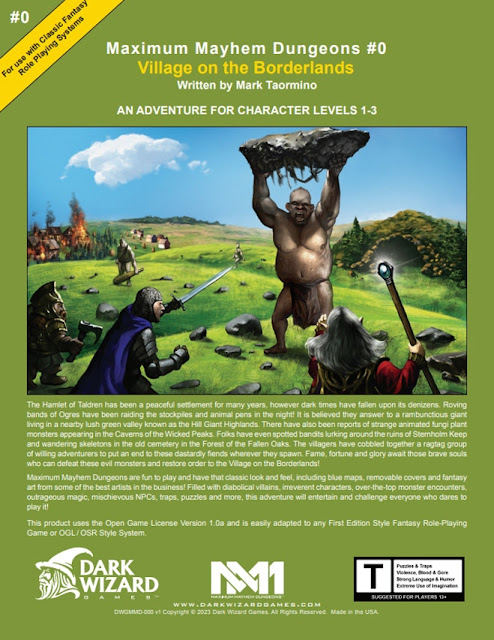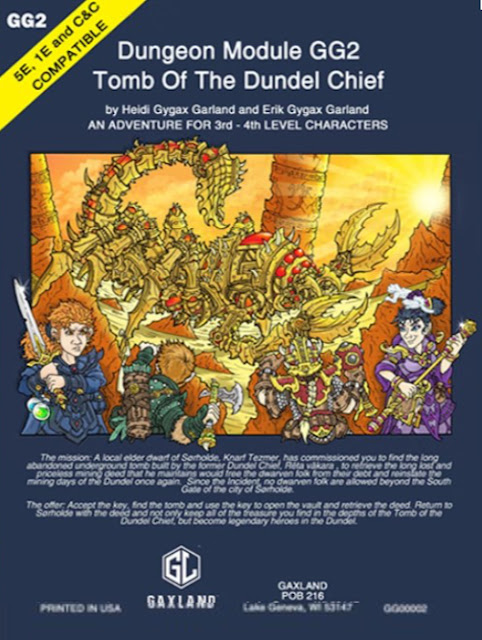Quick-starts are means of trying out a roleplaying game before you buy. Each should provide a Game Master with sufficient background to introduce and explain the setting to her players, the rules to run the scenario included, and a set of ready-to-play, pre-generated characters that the players can pick up and understand almost as soon as they have sat down to play. The scenario itself should provide an introduction to the setting for the players as well as to the type of adventures that their characters will have and just an idea of some of the things their characters will be doing on said adventures. All of which should be packaged up in an easy-to-understand booklet whose contents, with a minimum of preparation upon the part of the Game Master, can be brought to the table and run for her gaming group in a single evening’s session—or perhaps too. And at the end of it, Game Master and players alike should ideally know whether they want to play the game again, perhaps purchasing another adventure or even the full rules for the roleplaying game.
Alternatively, if the Game Master already has the full rules for the roleplaying game for the quick-start is for, then what it provides is a sample scenario that she still run as an introduction or even as part of her campaign for the roleplaying game. The ideal quick-start should entice and intrigue a playing group, but above all effectively introduce and teach the roleplaying game, as well as showcase both rules and setting.
—oOo—
 What is it?
What is it?The
Corporation 2nd Edition: Quick Start is the quick-start for
Corporation 2nd Edition, the Science Fiction, Cyberpunk roleplaying game first published in 2008 by Brutal Games, but now published by
Nightfall Games.
It includes a basic explanation of the setting, rules for actions and combat, details of the arms, armour, and equipment fielded by the Player Characters, the mission, ‘Riot in Commissary B’, and four ready-to-play, Player Characters, or Agents.
It is a forty-two page, full colour book.
The quick-start is lightly illustrated, but the artwork is decent. The rules are a slightly stripped down version from the core rulebook, but do include examples of the rules which speed the learning of the game
It requires an edit in places.
The themes and nature of the Corporation 2nd Edition: Quick Start and thus the Corporation 2nd Edition: Quick Start means that it is best suited to a mature audience.
How long will it take to play?
The Corporation 2nd Edition: Quick Start and its adventure, ‘Riot in Commissary B’, is designed to be played through in one or two sessions.
What else do you need to play?
The Corporation 2nd Edition: Quick Start requires six ten-sided dice per player. One of these dice should be a different colour to the rest.
Who do you play?
The four Player Characters are all licensed Agents who have been biomechanically enhanced and employed by one of the setting’s five Corporations. they include a Tactical Ops specialist, a Telepath, an Infiltration Tech, and a Facilitator.
How is a Player Character defined?
An Agent has six stats—Strength, Dexterity, Knowledge, Charisma, Concentration, and Cool. Stats are rated between zero and six, whilst the skills are rated between one and four. He also has a seventh stat, PSI, which represents an Agent’s instincts or intuition. It is a pool of points who use is twofold. First, points can be temporarily expended to reroll dice in a Skill Test or add a bonus to a Dice Roll. Second, it can power a Telepath’s psionic abilities. An Agent also has Traits such as Cybernetic HUD & comms, Datanetica Neural Jack, Internal Computer, Pain mitigation, and Process socket.
How do the mechanics work?
Mechanically, the Corporation 2nd Edition: Quick Start uses the ‘S5S’ System previously seen in SLA Industries, 2nd Edition and The Terminator RPG. This is a dice pool system which uses ten-sided dice. The dice pool consists of one ten-sided die, called the Success Die, and Skill Dice equal to the Skill rank of the skill being used. The Success Die should be of a different colour from the Skill Dice. The results of the dice roll are not added, but counted separately. The aim is to roll equal to or higher than a Target Number, ranging from eight and Challenging to sixteen and Insane, on each of the dice. The Skill Rank of the skill being used lowers the Target Number. Preparation and advanced technology, including toolkits can modify the Skill Rank for the Skill Test. If the result on the Success Die is equal to or greater than the Target Number, then the Agent has succeeded. If the results of the Skill Dice also equal or exceed the Target Number, this improves the quality of the successful skill attempt. However, if the roll on the Success Die does not equal or exceed the Target Number, the attempt fails, even if multiple rolls on the Success Dice do.
Each Agent has a point of Conviction. Conviction can be spent to perform cinematic feats such as ‘Come and Get It!’, ‘Done!’, ‘Proper Planning and Preparation...’, and ‘It’s Only a Flesh Wound!’.
How does combat work?
Combat in Corporation 2nd Edition, as with other ‘S5S’ System roleplaying games is designed to be desperate and dangerous. It is detailed and tactical. It takes into account offensive and defensive manoeuvres, rate of fire, recoil, damage inflicted on armour, cover, aiming, and so on. The scenario features a lot of combat and the Game Master should pay particular attention to those rules in the quick-start. The mechanics take into account various weapon types, including beam weapons, incendiary weapons, laser weapons, plasma weapons, and more.
How do PSI Powers work?
One of the pre-generated Agents is a Telepath. Common Psi Powers in Corporation 2nd Edition include Biokinesis and Telekinesis, whilst true Telepathy and Empathy are rare. Use of a Psi Power requires a Manifestation Test, a Skill Test where Successes can recover the points of PSI expended on the Manifestation Test or increase the duration of the manifestation beyond a single round. The
What do you play?
The setting for Corporation 2nd Edition is the year 2500. The United International Government has ensured two centuries peace, hand-in-hand with the Big 5 corporations. The fortunate reside in the soaring spires where they live in monitored, crime-free comfort. The unfortunate live in the Underswells, where there is warmth and comfort, but the gangs rule. The worse off reside in the old crumbling cities of the twentieth century—and earlier—and take their chances with the best policing they can get in the face of widespread banditry.
The Corporation 2nd Edition: Quick Start includes the adventure, ‘Riot in Commissary B’. Initially, this is a highly tactical affair as the Agents deal with several Wretches from the Underswell who have broken into the commissary and potentially, the rest of the Spire, instigating a riot. After stopping the riot, the Agents are tasked with investigating how the break in occurred since the only point of access is kept locked and requires a high Ranked individual to open it. The resulting investigation is not easy—probably slightly too difficult to run as a convention scenario—and quickly leads to powerful corporate interests who would prefer the Agents not to be investigating despite them being under orders to do so. The scenario has a bureaucratic feel to it as well as a sense of irony.
Is there anything missing?
The Corporation 2nd Edition: Quick Start is complete. Portraits for the pre-generated Agents would have been useful, as well as for the NPCs. The pre-generated Agents do not have any backgrounds, but these are available online.
Is it easy to prepare?The core rules presented in the
Corporation 2nd Edition: Quick Start are relatively easy to prepare. The Game Master will need to pay closer attention to how both combat and PSI Powers work in the roleplaying game, as both figure, and combat is designed to be highly tactical in play. The scenario, ‘Riot in Commissary B’, is also fairly complex, and will require a high degree of preparation.
Is it worth it?Yes. The
Corporation 2nd Edition: Quick Start introduces a Cyberpunk setting where the Player Characters are agents of the authority and have the licence to act on their employer’s behalf, but balanced against that is the bureaucracy and power of the corporation they work for. Essentially, their agency grant by their employer against the agency above them.
Where can you get it?
The
Corporation 2nd Edition: Quick Start is available to download
here.
